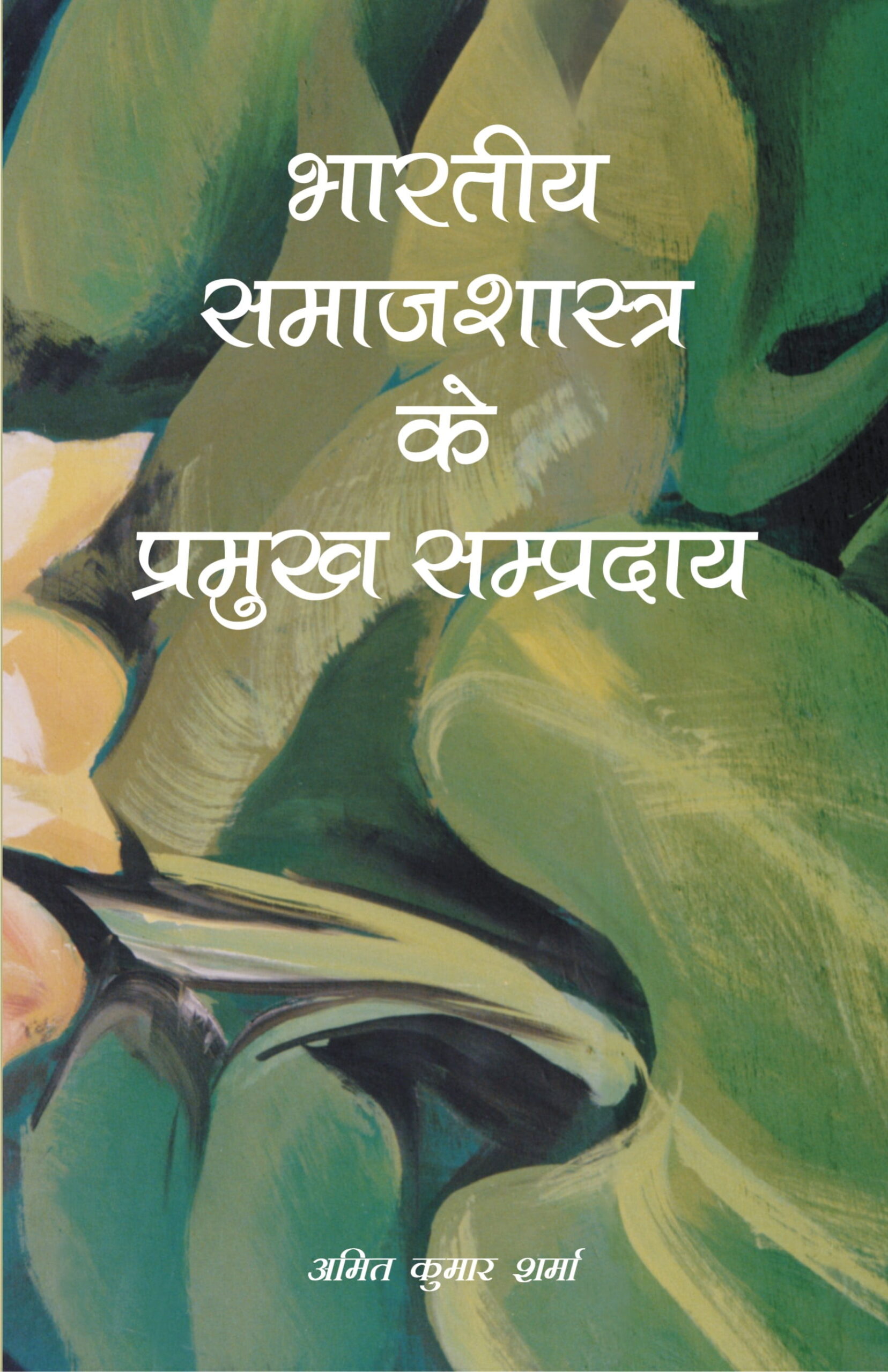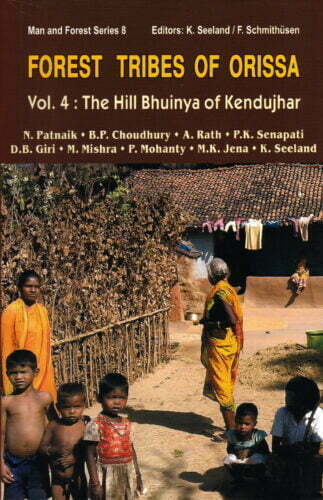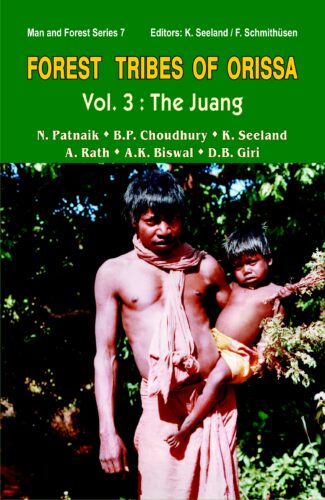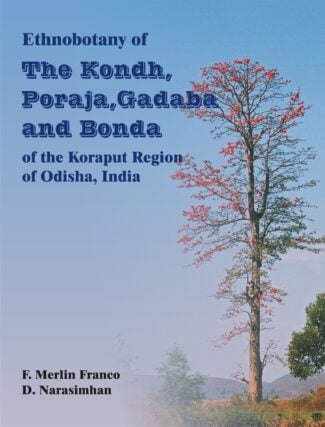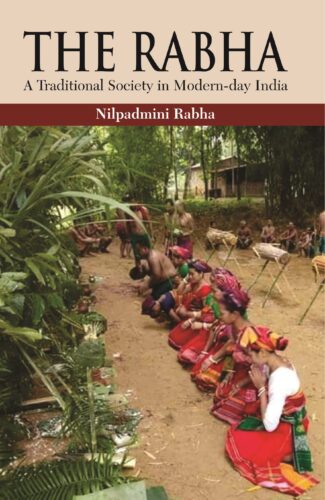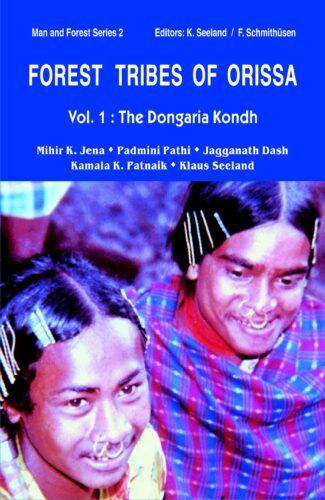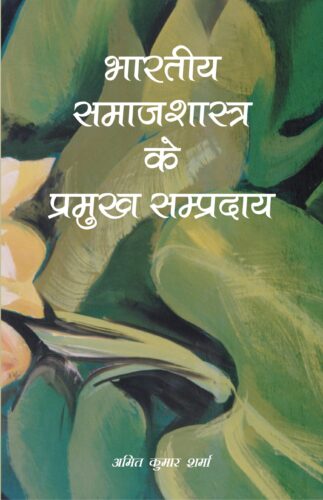

Bharatiya Samajshast...
Bharatiya Samajshastra ke Parmukh Sampardaya
by: Amit Kumar SharmaSociology, as a social science, is new to India. This volume in Hindi thus discusses the advent, teaching and development of sociology in India. It is an outstanding narration of advent and evolution of sociology in India and the major sociologists.
₹660.00 Original price was: ₹660.00.₹594.00Current price is: ₹594.00.
ISBN: 9788124606018
Year Of Publication: 2011
Edition: 1st
Pages : xix, 284 p.
Bibliographic Details : Bibliography; Index
Language : Hindi
Binding : Hardcover
Publisher: D.K. Printworld Pvt. Ltd.
Size: 23
Weight: 550
Bharatiya Samaj Shastra ke Pramukh Sampradaya is a book in Hindi language that deals with the advent, teaching and development of Sociology in India.It is an original book that deals with the major Sociologists in India. This book divides the whole history of sociology in India into nine interesting chapters. This book is an outstanding narration of the advent and evolution of Sociology in India. For a long time there was a need of such a book in Hindi .This is a helpful book for the teachers, students and researchers in various colleges, Universities and research institutions. For the researchers in Hindi literature, Cinema and Culture this can be used as a reference book. This book is also helpful for the UGC. / NET aspirants in Sociology.

- Sale!Forest Tribes of Orissa Vol. 4: The Hill Bhuinya of Kendujhar by: Klaus Seeland, Franz Schmithusen, Nityananda Patnaik, B.P. Choudhury, A. Rath, P.K. Senapati, D.B. Giri, M. Mishra, P. Mohanty, Mihir K. Jena,
₹1,200.00Original price was: ₹1,200.00.₹1,080.00Current price is: ₹1,080.00.Forests, a precious renewable resource, are habitats of many aborigines and treasure houses of a large number of flora and fauna. Any distortion to them imbalances the life of their inhabitants. Man and Forest series highlights the relevance of indigenous knowledge systems of various South Asian tribal communities in the sustainable management of local resources/forests. Here comes the importance of making a scientific enquiry into the application of indigenous tribal knowledge in rediscovering their methods of production, consumption and conservation, against the all-pervading impact of modernity and the ever-increasing demand for an unbridled use of natural resources.
This monograph The Hill Bhuinya of Kendujhar is the eighth in the Man and Forest series and fourth in the Forest Tribes of Orissa: Lifestyle and Social Conditions of Selected Orissan Tribes. It helps in understanding how the Bhuinya perceive their ecosystem; how their sociocultural life is interwoven with the forests and other elements of their ecosystem; their management systems for upkeeping it; and the role their indigenous knowledge plays in their production, consumption and conservation practices, against the backdrop of a considerable depletion of biodiversity during the latter part of the twentieth century.
This book is the result of a detailed study on the forest/hill-dwelling tribe of the Bhuinya of Bhuinyapirh in Banspal Block, Kendujhar District, Odisha since 1996 by a team of anthropologists, ethnosociologists, botanists and ethnobotanists. It was critically revised and analysed, using authentic methods due to changes in the state and central government policies, recently. - Sale!Forest Tribes of Orissa Vol. 3: The Juang by: Nityananda Patnaik, B.P. Choudhury, Klaus Seeland, A. Rath, A.K. Biswal, D.B. Giri,
₹900.00Original price was: ₹900.00.₹810.00Current price is: ₹810.00.In the management of renewable resources, forests have undeniably a vital role, and today, as never before, their conservation is an urgency. In view of this dire necessity the series Man and Forest tries to highlight the relevance of indigenous knowledge of various South Asian tribal communities in the sustainable management of forests/local resources more specially against the growing challenges of economic development vis-à-vis environmental hazards and a rapidly declining resource base. A scientific inquiry into indigenous knowledge is an effort to discover/rediscover the tribals’ traditional modes of production and conservation. For them it is the only source to cope with the problems of modernity affecting their lives and precarious environments. Forest Tribes of Orissa: The Juang is the seventh monograph in the series Man and Forest and, after the publication of an account of the forest world of the Dongaria Kondh in 2002, and the Kuttia Kondh in 2006. Being a tribal community in transition, the authors have tried to document and thus safeguard its local traditional knowledge of conservation, use and management of forests and natural resources. They give an account of how the Juang classify trees and other plants, hills, forests, crops and animals. Their subsistence economy, agricultural system, social organization, religious beliefs and other important socio-cultural aspects of forest life have been extensively treated. The lifestyle of this tribal community is finally reflected on the background of forest policy and the impact it has on their livelihood. The present book is, as most of the volumes in the series, the outcome of nearly ten years’ research venture involving an interdisciplinary, intercultural team of sociologists, ethnobotanists, and social anthropologists
- Sale!Ethnobotany of The Kondh, Poraja, Gadaba and Bonda of the Koraput Region of Odisha, India by: F. Merlin Franco, D. Narasimhan,
₹1,250.00Original price was: ₹1,250.00.₹1,125.00Current price is: ₹1,125.00.Understanding the ecological knowledge of tribal and rural societies is necessary to conserve and sustain natural resources. This volume discusses the history and importance of ethnobotany with specific reference to four tribal communities of Odisha, India. It begins with an account of the nature of the tribes involved in the study. Based on participatory fieldwork, it presents an insider’s account of the tribal culture and its relationship with plants. It provides the ethnobotanical descriptions of 210 species of plants belonging to 77 families, presenting their local names, origin and the medicinal, cultural, culinary, economic, ecological uses of the species. It takes up study of the plants used by tribes in the drug-based and spiritual healing processes elaborating the philosophies behind knowledge transmission such as divination, hereditary, discipleship and kinship. Related aspects such as disease diagnosis, diet restrictions and rituals are depicted in detail. There is a special chapter on forests and non-timber forest products (NTFPs) that details the efforts of communities in forest conservation, their land-use patterns, forest classification systems, list of NTFPs and their harvest-consumption patterns. It also deals with the role of NGOs, middlemen and government agencies in this. Throughout, the emphasis is on the philosophical relationship of the communities with their ecosystem.
The book would prove extremely useful to policy-makers, academicians, social workers and general readers looking forward to accompany the tribal communities towards ethno-sensitive development. - Sale!The Rabha: A Traditional Society in Modern-Day India by: Nilpadmini Rabha
₹5,600.00Original price was: ₹5,600.00.₹5,040.00Current price is: ₹5,040.00.The Rabha is an ancient tribal community of the northeast area of India. With both a unique language and religion, they represent an ancient culture continuing to live in modern India; while some aspects of the Hindu religion appear to be assimilated by the community, the author is careful to note that they continue to retain much of their exclusive features, and points out some of those. The author goes to a great depth to present both the religious and social aspects of the Rabha people, and weaves a tapestry of the interrelationships between the two, which serves as the basis for the Rabha life today, as it has also functioned historically. She goes further, pointing out the changes of the Rabha that are occurring in modern Indian society, and points to some influences that modern religions are having on the traditional rituals and rites. With its in-depth study of the unique features of a little-known, ancient society of North East India, the text should be of considerable value for the sociologist, as well as the student of little-known tribal religions; it will also provide a great deal of knowledge to those who are trying to understand the changes that are taking place in modern Indian society, as well as other transitioning nations.
- Sale!Forest Tribes of Orissa Vol. 1: Dongaria Kondh Forest by: Mihir K. Jena, Padmini Pathi, Jagannath Dash, Kamala K. Patnaik, Klaus Seeland,
₹1,650.00Original price was: ₹1,650.00.₹1,485.00Current price is: ₹1,485.00.In the management of renewable resources, forests have undeniably a vital role and today, as never before, their conservation is an urgency. In view of this dire necessity, the series Man and Forest tries to highlight the relevance of indigenous knowledge of various South Asian tribal communities in the sustainable management of forests/local resources more specially against the growing challenges of economic development vis-a-vis environmental hazards and a rapidly declining resource base. A scientific inquiry into indigenous knowledge is an effort to discover/ rediscover the tribals traditional modes of production and conservation. For them it is the only source to cope with the problems of modernity affecting their lives and precarious environments. Forest Tribes of Orissa: The Dongaria Kondh is the second book in the series of monographs of Man and Forest, and the first focussing on a tribal community today caught in the transition between an autochthonous lifestyle and fragments of modernity. The authors attempt to document the Dongarias traditional knowledge of their natural environment; how they classify trees, plants, hills, forests, crops, and soils; and how so far they have been managing their forests. Also meticulously delineated, as a backdrop to this study, are the Dongarias geographical landscape, economy, socio-political organisation, oral traditions, belief cosmos, and other relevant socio-cultural aspects. The present book is, as most of the volumes in the series, the outcome of nearly ten-years research venture involving an interdisciplinary, intercultural team of sociologists, ethnobotanists, social anthropologists and other social scientists.


